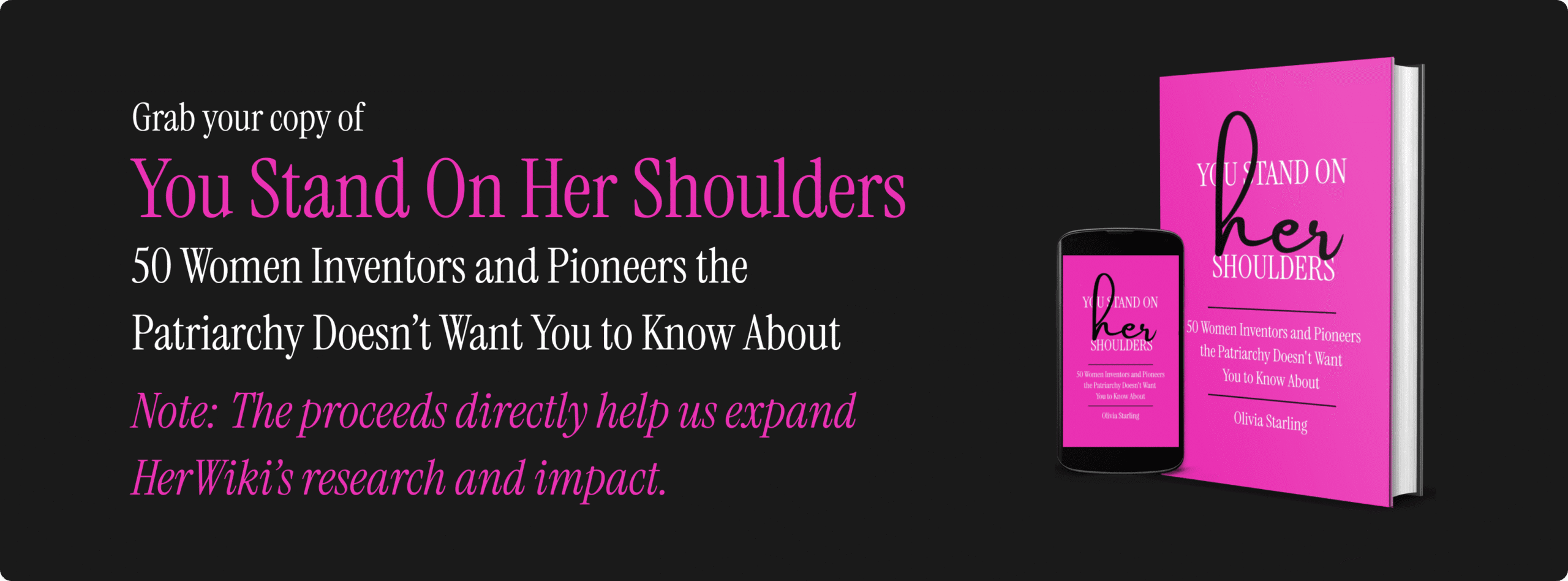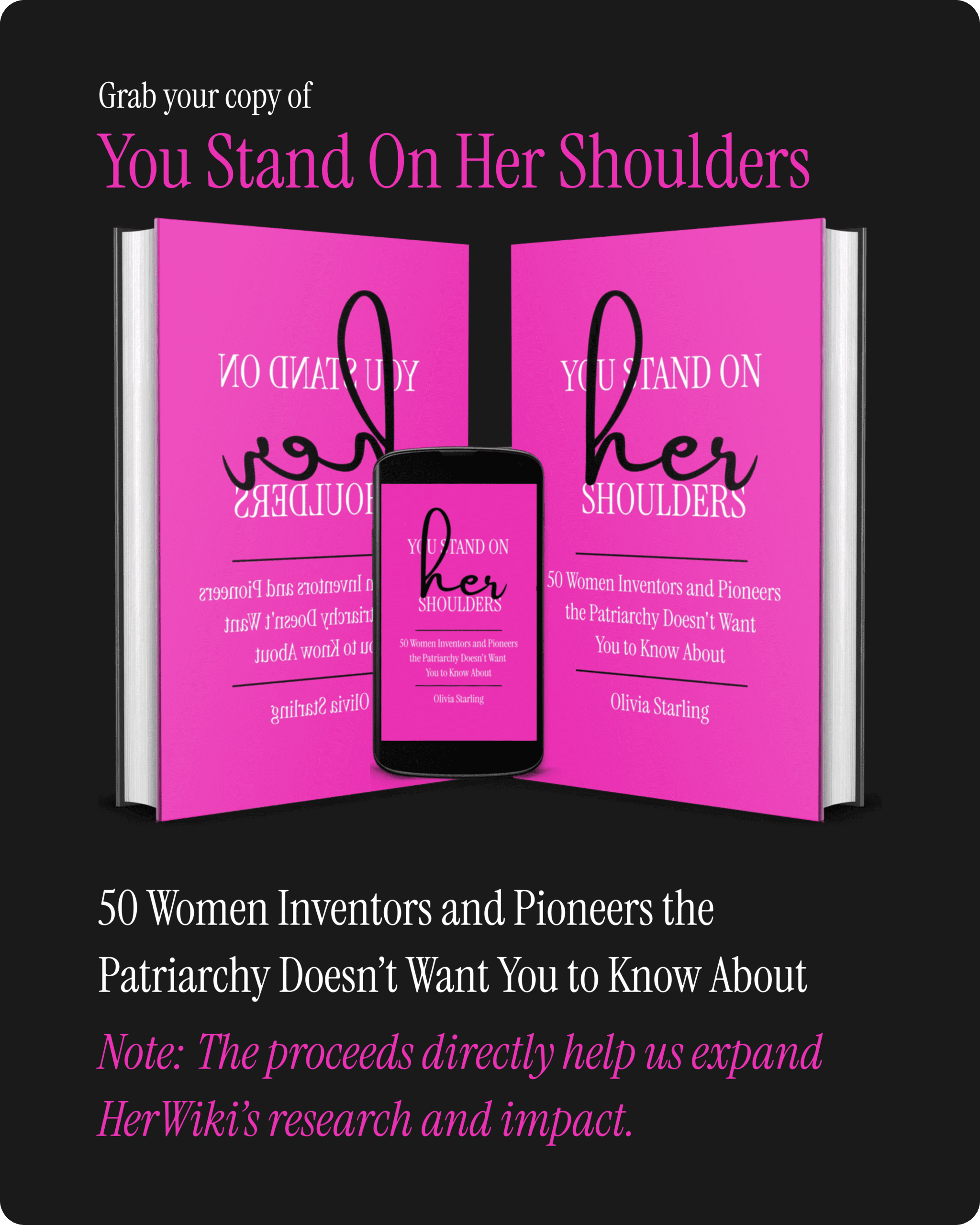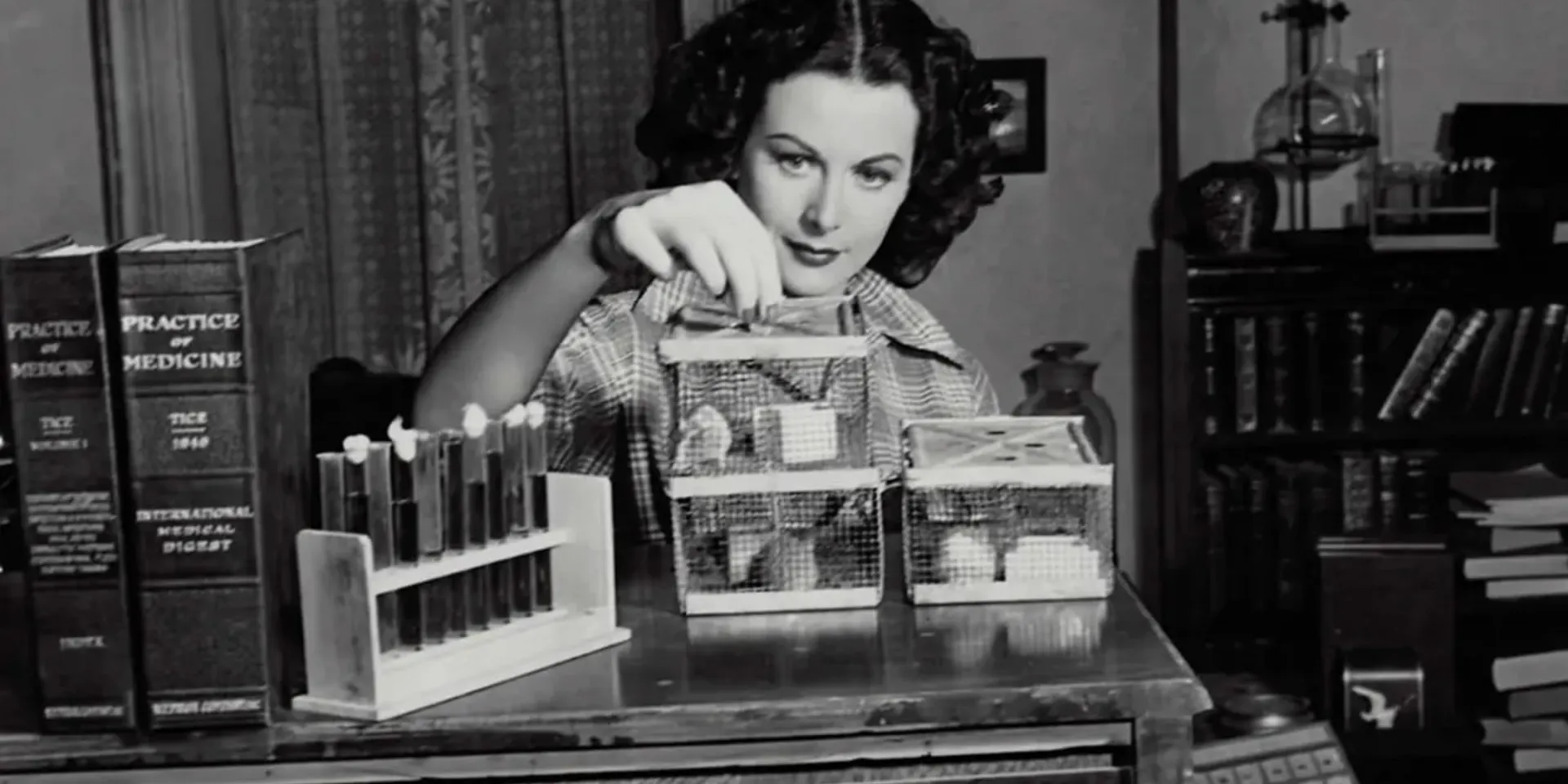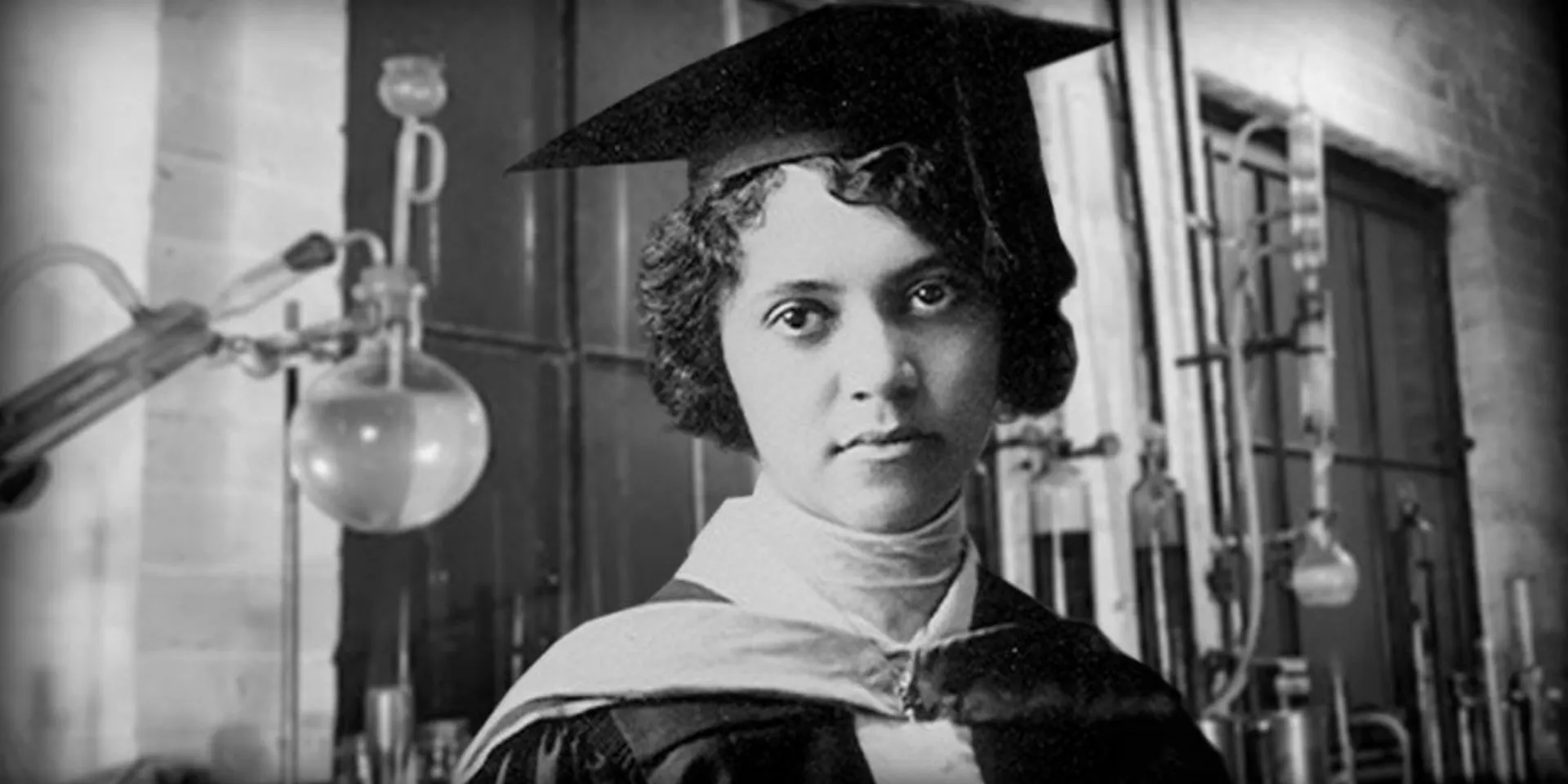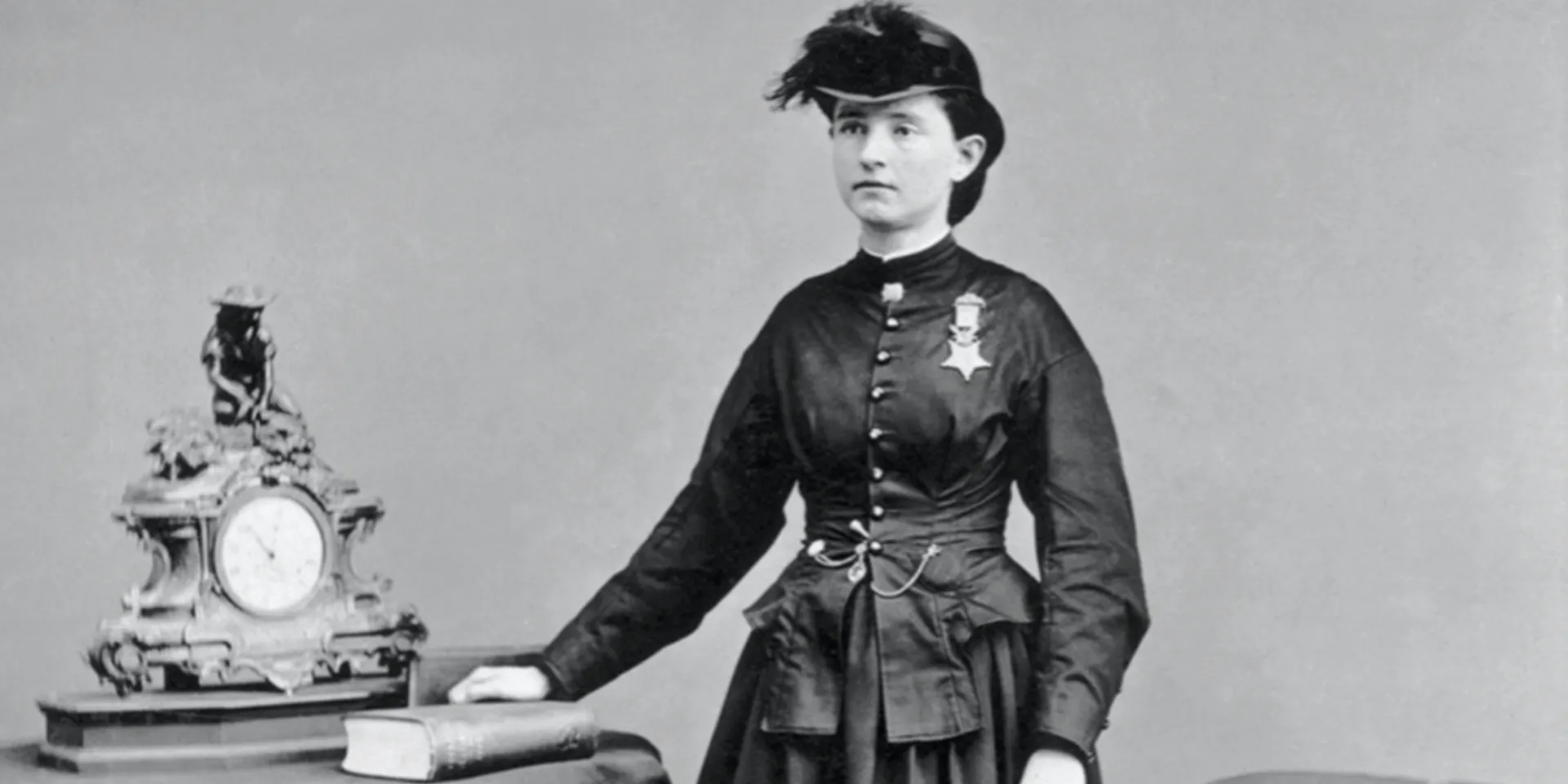Contents
ToggleMost people think power comes from having authority over others. Audre Lorde knew better. Real power comes from naming your truth and refusing to be silent about it. This understanding would make her one of the most dangerous women in America during the 1970s and 1980s – dangerous to systems built on keeping people quiet about injustice.
Audre Lorde transformed how the world thinks about identity, oppression, and resistance. She created an entirely new way of understanding how different forms of discrimination connect and reinforce each other. Her ideas about intersectionality would become the foundation for modern social justice movements, but they came from a woman who spent her entire life being told she didn’t belong anywhere.
The Outsider from Birth
Audrey Geraldine Lorde was born on February 18, 1934, in Harlem to Caribbean immigrants who carried their own complicated relationship with identity and belonging. Her father Frederick came from Barbados, her mother Linda from Grenada. Both had light skin that allowed them to navigate American racism differently than darker-skinned Black people, but this privilege came with its own psychological costs.
Linda Belmar Lorde passed as Spanish whenever possible. She was obsessed with respectability and terrified of anything that might mark the family as too Black, too poor, or too different. Frederick was darker than his wife’s family wanted, and they only accepted the marriage because of his ambition and charm. This tension about skin color and acceptance would shape every aspect of young Audre’s childhood.
The family dynamics were brutal in ways that most biographies gloss over. Linda was cold and emotionally distant, using what Lorde later called “tough love” that was really just cruelty disguised as protection. She was particularly harsh toward Audre, who had darker skin than her sisters and showed early signs of being different in other ways too.
Audre was legally blind without thick glasses, which made her even more of an outsider in a family obsessed with appearing normal. But this visual impairment became crucial to her development as a poet. Instead of reading, she listened to her mother’s stories about the Caribbean. Instead of relying on sight, she developed extraordinary sensitivity to language, rhythm, and sound.
By age four, she could read and write simultaneously – an unusual development that revealed her brain processed language differently than most children. When asked how she felt, she would recite poetry instead of using regular words. This wasn’t cute childhood behavior. It was the beginning of a lifelong understanding that poetry could express truths that regular language couldn’t capture.
The decision to drop the “y” from “Audrey” wasn’t random childhood rebellion. Even as a small child, she understood that names have power and that she needed to create her own identity rather than accept what others gave her. “Audre Lorde” looked symmetrical on paper in ways that “Audrey Lorde” didn’t. This attention to visual and linguistic balance would characterize everything she wrote for the rest of her life.
Finding Her Tribe at Hunter
Hunter College High School in the 1940s was supposed to be for intellectually gifted students, but it was still a hostile environment for a working-class Black girl who was beginning to understand she was attracted to women. Most of her classmates were white and middle-class. They saw Audre as an interesting oddity at best, a threatening presence at worst.
But Hunter also gave her something invaluable: access to other young people who were serious about ideas and writing. Her friendship with Diane di Prima, who would become a prominent Beat poet, showed her that it was possible to build community around shared intellectual interests rather than shared backgrounds.
The rejection of her first poem by the school literary magazine for being “inappropriate” was actually a crucial moment. Instead of accepting the judgment, she sent the poem to Seventeen magazine, which published it immediately. This taught her that gatekeepers often don’t recognize quality and that she needed to find her own paths to audiences.
Her involvement with the Harlem Writers Guild during high school was equally important and equally frustrating. The Guild was dominated by older Black male writers who saw themselves as the voice of the community. They tolerated young Audre as long as she stayed quiet and respectful, but they made it clear that her perspectives as a young woman weren’t particularly welcome.
The Guild members thought her queerness was a phase she would outgrow and her feminism was a distraction from real racial issues. This early experience of being marginalized within marginalized communities would shape her later theoretical work about how oppression operates within liberation movements.
The Mexico Awakening
The year Audre spent at the National Autonomous University of Mexico in 1954 was transformative in ways that changed the entire direction of her life. She was 20 years old and had never been away from her family’s psychological control or New York’s racial dynamics. Mexico offered her the first space where she could explore who she might become without constant surveillance and judgment.
The Mexican experience wasn’t just about personal freedom. It was about discovering that identity could be fluid and multiple rather than fixed and singular. In Mexico, she wasn’t “the Black girl” or “the weird one.” She was just another young person figuring out her life. This anonymity allowed her to experiment with different ways of being in the world.
More importantly, Mexico showed her that American assumptions about race, sexuality, and gender weren’t universal truths. Mexican society had its own forms of oppression and prejudice, but they operated differently than what she knew in New York. This comparative perspective would later become central to her ability to analyze systems of power rather than just individual experiences of discrimination.
The romantic and sexual relationships she formed in Mexico were her first experiences of being desired and valued for who she actually was rather than who others wanted her to be. These relationships gave her a baseline understanding of what healthy connections could feel like, which would sustain her through decades of fighting for recognition and respect.
When she returned to New York, she was fundamentally changed. She knew she was a lesbian and a poet, and she knew these weren’t problems to be solved but identities to be celebrated. This confidence would carry her through the next phase of her education and career development.
Building Intellectual Foundations
Audre’s return to Hunter College for her undergraduate degree was strategically important. She could have gone to any number of schools, but Hunter offered her something unique: a high-quality education that she could afford while remaining connected to New York’s emerging artistic and political communities.
During these years, she worked as a librarian while completing her studies. This wasn’t just a job to pay bills. Library work taught her research skills that would prove crucial to her later writing and activism. She learned how to find information that wasn’t obviously available and how to help people locate resources they didn’t know existed.
Her master’s degree in library science from Columbia University was equally strategic. Librarianship in the 1950s was one of the few professional fields where women could advance to leadership positions. It also provided steady income that would support her writing career during years when poetry brought in almost no money.
But the real education happened in Greenwich Village’s gay culture during the late 1950s and early 1960s. The Village offered Audre her first experience of community with other LGBTQ people, but it also revealed how exclusion operated within supposedly inclusive spaces.
Most of the Village’s gay establishments were dominated by white men who had little interest in the experiences of Black women. The few lesbian spaces were mostly white and middle-class. Audre had to navigate multiple forms of marginalization simultaneously – being Black in predominantly white queer spaces and being queer in predominantly straight Black spaces.
These experiences taught her that liberation movements often reproduce the same exclusions they claim to oppose. This insight would become central to her later work on intersectionality and coalition building.
The Tougaloo Transformation
In 1968, Audre accepted a position as writer-in-residence at Tougaloo College, a historically Black institution in Mississippi. This wasn’t just a career opportunity. It was a chance to connect with young Black students who were actively engaged in the civil rights movement at a time when the movement was fracturing along generational and ideological lines.
The students at Tougaloo were unlike anyone she had worked with before. They were serious about social change but also hungry for cultural and artistic experiences that would help them imagine different futures. They pushed her to think about how poetry could serve political movements without sacrificing artistic integrity.
The workshops she led weren’t just about writing technique. They were about helping young people develop their own voices and perspectives rather than simply adopting the rhetoric of established leaders. This approach would later influence her teaching methods throughout her career.
The book that emerged from this experience, “Cables to Rage,” was her first collection to directly address political themes. But more importantly, it established her method of weaving personal experience together with social analysis in ways that revealed connections between individual struggles and systemic oppression.
The Tougaloo experience also confirmed her belief that education could be a form of liberation if it helped people develop critical thinking skills rather than just absorbing information. This understanding would guide her approach to teaching and mentoring for the rest of her career.
The Kitchen Table Revolution
In 1980, Audre co-founded Kitchen Table: Women of Color Press with Barbara Smith and Cherríe Moraga. This wasn’t just another small press. It was a direct challenge to the publishing industry’s exclusion of women of color and an attempt to create alternative distribution networks for voices that mainstream publishers ignored.
HerWiki is built and maintained by the support of amazing readers like you. If this story inspired you, join the cause and help us make HerWiki bigger and better.
The name “Kitchen Table” was deliberately provocative. It suggested that the most important conversations about social change happened in domestic spaces where women gathered to share experiences and develop strategies. It also implied that intellectual work could emerge from everyday life rather than academic institutions.
The press published works that no mainstream publisher would touch – books about lesbian mothers, immigrant women’s experiences, and the intersection of racism and sexism. But Kitchen Table wasn’t just filling gaps in the market. It was creating new forms of literature that reflected the complex realities of women whose experiences didn’t fit into existing categories.
Audre’s role in the press revealed her understanding of how cultural change actually happens. New ideas need institutional support to reach audiences and influence other writers. By creating alternative publishing networks, she was building infrastructure for movements that didn’t yet exist.
The press also demonstrated her belief that women of color needed to control their own stories rather than hoping for inclusion in white-dominated institutions. This wasn’t separatism for its own sake. It was a strategic understanding that meaningful inclusion required power, not just good intentions.
The Berlin Years: International Impact
Audre’s time in West Berlin beginning in 1984 was supposed to be a temporary visiting professorship. Instead, it became one of the most politically significant periods of her career. She arrived in a city divided by the Cold War and found Black German women who were struggling with questions of identity and belonging that paralleled her own experiences in America.
The term “Afro-German” didn’t exist before Audre helped coin it in 1984. Black Germans had been forced to identify themselves through categories imposed by others – “mixed-race,” “mulatto,” or simply as problems to be solved. Audre’s workshops gave them language and concepts for claiming their own identities.
But her impact went beyond terminology. She taught Black German women how to analyze their experiences using frameworks she had developed through decades of fighting racism and sexism in America. She showed them how to build coalitions across difference and how to maintain their integrity while working within hostile institutions.
The documentary “Audre Lorde: The Berlin Years” reveals how profound this mentoring relationship was. Women like May Ayim and Ika Hügel-Marshall became leaders of a movement that challenged German society’s assumptions about race and nationality. They created art, literature, and political organizations that continue to influence German culture today.
Audre’s work in Berlin also demonstrated the international relevance of her ideas about intersectionality. The specific experiences of Black German women were different from those of Black American women, but the analytical tools she had developed could be adapted to different contexts and struggles.
Her poem “East Berlin 1989,” written after the fall of the Berlin Wall, revealed her skepticism about the triumph of capitalism and democracy that most observers celebrated. She understood that the reunification of Germany would likely increase rather than decrease racism against Black Germans and other marginalized groups.
The Theory That Changed Everything
Audre’s theoretical contributions are often overshadowed by her poetry, but her essays and speeches fundamentally changed how people think about oppression and resistance. Her most famous piece, “The Master’s Tools Will Never Dismantle the Master’s House,” continues to influence academic and activist discussions about strategy and social change.
The essay emerged from her frustration with white feminists who claimed to support equality while reproducing racist assumptions and practices. But the argument extended beyond feminism to address how liberation movements often adopt the same competitive, hierarchical approaches that characterize the systems they claim to oppose.
Her point wasn’t that reformist strategies are always wrong, but that lasting change requires fundamentally different ways of organizing and relating to each other. This meant developing new forms of leadership, new approaches to conflict resolution, and new understandings of what success looks like.
The concept of intersectionality that she helped develop wasn’t just academic theory. It was a practical tool for building coalitions between groups that might otherwise see themselves as competitors for limited resources and attention. By showing how different forms of oppression reinforced each other, she created possibilities for broader and more effective resistance movements.
Her essay “The Erotic as Power” was equally revolutionary. By reclaiming erotic energy as a source of creativity and resistance rather than something to be suppressed or commodified, she challenged both patriarchal and feminist assumptions about women’s sexuality and power.
The Personal as Political Strategy
Audre’s decision to write openly about her personal life wasn’t just artistic choice. It was political strategy based on her understanding that systems of oppression depend on shame and silence to maintain themselves. By refusing to hide her relationships, her struggles with illness, or her experiences of discrimination, she demonstrated forms of resistance that others could follow.
Her marriage to Edwin Rollins in 1962 was a strategic response to social pressures rather than a denial of her sexual identity. Both she and Edwin were gay, and their open marriage allowed them to maintain their authentic relationships while gaining social acceptance and legal protections that weren’t available to openly gay couples.
The relationship with Frances Clayton that lasted from 1968 to 1989 was her most significant romantic partnership. Clayton was a white professor of psychology who understood the intellectual and political dimensions of Audre’s work. Their interracial lesbian relationship in the 1970s and 1980s was a form of political statement as much as personal choice.
Her final partnership with Gloria Joseph represented a return to her Caribbean roots and a conscious decision to spend her remaining years in community with other Black women who shared her political commitments. Their move to St. Croix wasn’t retirement from activism but a different form of engagement that prioritized healing and sustainability over public visibility.
Fighting Cancer, Fighting Silence
Audre’s diagnosis with breast cancer in 1978 could have ended her career. Instead, it became the foundation for some of her most important work. “The Cancer Journals” broke new ground by refusing to treat illness as a private matter or a spiritual test to be endured quietly.
Her decision to appear in public without a prosthetic breast after her mastectomy was a direct challenge to social expectations about women’s bodies and appearance. She understood that the pressure to “look normal” was another form of oppression that prevented women from acknowledging the realities of their experiences.
The book also addressed how the medical establishment’s treatment of cancer patients reflected broader patterns of paternalism and control. Doctors expected patients to be passive and grateful rather than informed and involved in their own care. Audre’s insistence on understanding her treatment options and making her own decisions was a form of feminist practice.
When her cancer returned and metastasized to her liver, she continued writing and speaking about the experience. “A Burst of Light” documented her exploration of alternative treatments and her refusal to accept conventional medicine’s limitations. This wasn’t denial of reality but an insistence on maintaining agency over her own body and choices.
Her openness about living with terminal illness also challenged assumptions about productivity and worth. She continued working, traveling, and creating until very close to her death, demonstrating that people facing serious illness could remain valuable contributors to their communities rather than burdens to be managed.
The Hidden Influence on Modern Movements
The full extent of Audre’s influence on contemporary social justice movements is still being recognized. The language of intersectionality that dominates current discussions about race, gender, sexuality, and class can be traced directly to concepts she developed in the 1970s and 1980s.
Her understanding that people contain multiple identities that can’t be separated or ranked in order of importance anticipated current debates about identity politics and coalition building. She showed how acknowledging difference could strengthen rather than weaken political movements.
Her emphasis on the importance of naming and claiming one’s own identity influenced everything from LGBTQ activism to immigrant rights organizing. The idea that marginalized groups need to define themselves rather than accepting definitions imposed by others has become fundamental to contemporary liberation movements.
Her analysis of how oppression operates within liberation movements anticipated many of the conflicts that have emerged within recent activist organizations. Her warnings about reproducing hierarchical structures and exclusionary practices remain relevant to current discussions about movement building and accountability.
The global reach of her influence is also significant. Her work with Black German women was just one example of how her analytical frameworks could be adapted to different cultural contexts. Similar adaptations have occurred in movements throughout Africa, Asia, and Latin America.
The Warrior’s Final Victory
Audre died on November 17, 1992, in St. Croix, but her death was itself a form of political statement. She chose to spend her final years in community with other Black women rather than isolated in medical institutions. She continued writing and speaking until very close to the end, refusing to let illness diminish her voice.
The African naming ceremony where she took the name Gamba Adisa – “Warrior: She Who Makes Her Meaning Known” – was the final expression of her lifelong commitment to self-definition. Even facing death, she insisted on claiming her own identity and purpose.
The institutions created to honor her memory reveal the breadth of her impact. The Audre Lorde Project focuses on organizing within LGBTQ communities of color. The Callen-Lorde Community Health Center provides healthcare specifically designed for LGBTQ people. These organizations continue her work of creating alternative institutions that serve people excluded from mainstream systems.
But perhaps her most important legacy is the way she changed how people think about identity, power, and resistance. She showed that acknowledging complexity and difference could be sources of strength rather than weakness. She demonstrated that poetry and personal testimony could be forms of political action as powerful as protests or legislation.
Her life proved that individual transformation and social change are connected processes that require both personal courage and collective action. She became the warrior she needed to be and showed others how they could do the same. In a world that still struggles with questions of identity, belonging, and justice, Audre Lorde’s voice remains essential guidance for anyone committed to creating genuine equality and human dignity.



